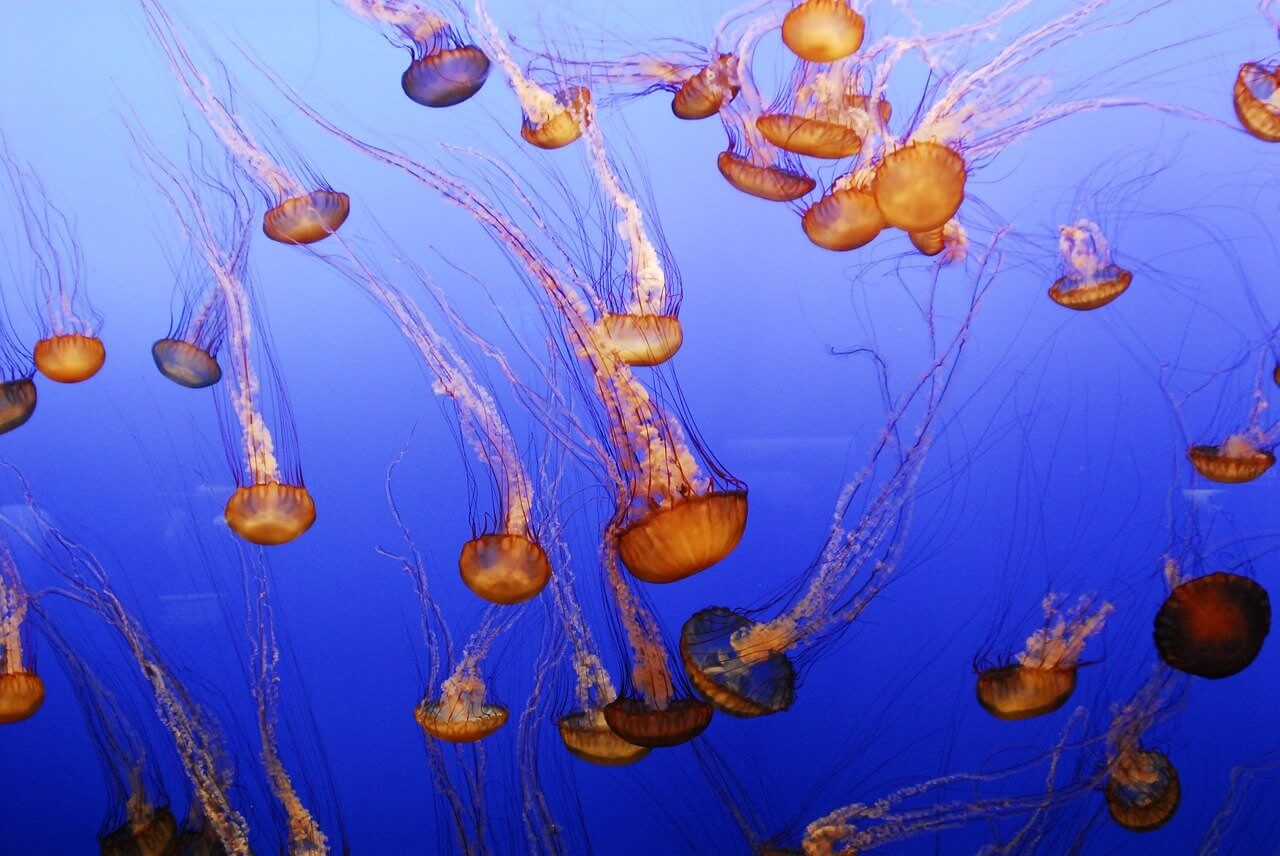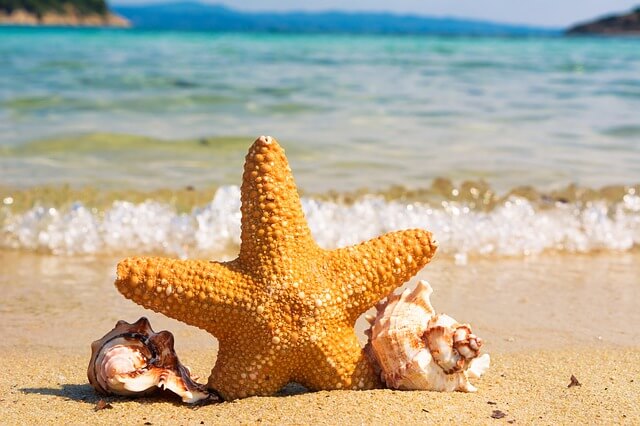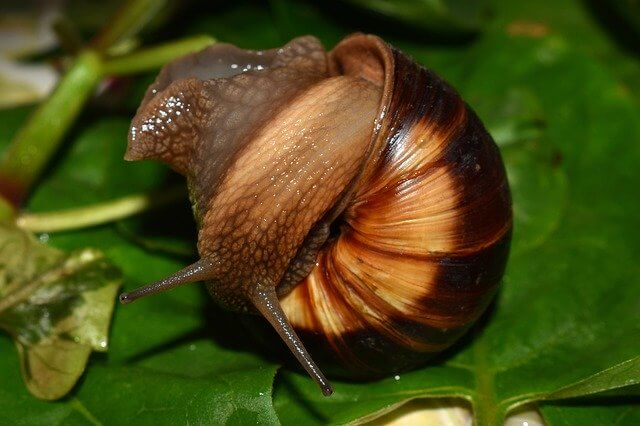Dive into the captivating realm of invertebrates with our enlightening video. Discover the 10 essential characteristics that define these remarkable creatures.
Invertebrate animals are those that lack any type of internal skeleton, whether bone or cartilaginous. They are usually small animals, and the variety of species included is very broad. It serves as a large categorization scale for a group of animals, in contrast to those that enter the classification of vertebrates. But these are not completely unlinked, even both classifications include within themselves a clearly established group of species of animals that share certain characteristics between them.
The invertebrates form the largest group of animals on our planet, and although it is very characteristic that many of them are covered or protected by some kind of hard cover, such as the shell of a snail, the most important thing is that they lack a spine . Below we list the characteristics, examples of invertebrates and their classification.

Characteristics Of Invertebrate Animals
1. They represent 95% of the species
Invertebrates cover 95% of all species that exist today. Within this classification is included both animals of poor evolution as well as the most evolved ones.
2. The majority are arthropods
The majority of invertebrate animals are arthropods, within which we can find insects that are most of this animal species that represents the group of invertebrate animals, but within the invertebrate arthropods we can also name: Crustaceans, Myropods and the Arachnids.
3. They have an internal classification
As we have seen before, within the group of invertebrates, we can find other classifications such as arthropods, but also: molluscs, jellyfish, sponges, worms and echinoderms.
4. Their bodies are very varied
Due to the variety of invertebrate species, we can find functional and structural variations. And we can clarify that: insects have a body with head, thorax and abdomen. Arachnids and Crustaceans have a body divided into cephalothorax and abdomen. And mollusks have a body divided into: head, foot, visceral mass and mantle.

5. They share some kind of symmetry
Despite finding characteristics that are fulfilled in all the animals that make up this group, there is a good proportion that shares one or the other similarity, within which we can name that some have Radial Symmetry, while others have Bilateral Symmetry, which are the so-called Radiated or Bilateral
6. They do not have specific habitat
Due to the great variety of species that make up this classification of animals, it is possible to find them in any space, both in the air and on land, but even some are aquatic.
7. Relationship with vertebrates
Despite being two classifications with clear and specific distinction, there is a nexus between them, since vertebrates come from the evolution of invertebrates. Well let’s make it clear that invertebrates are older, and from them vertebrates were formed.
8. Some species are attracted by singing
In order to follow the goal of all living beings, which is to preserve the species through reproduction, some invertebrates use the song, for the first step that is attraction. Among them: crickets, cicadas, grasshoppers.
9. Most have mobility
In general, almost all invertebrates have the ability to move, even sponges (which adults are immobile) in the breeding stage have mobility. Therefore, locomotion is a good characteristic of invertebrate animals.

10. Suffer metamorphosis
Most of them, represented by insects, undergo a process of great structural and functional changes, from birth to adulthood. Specifically, insects show a cyclical growth, in which there are periods of both high activity and static periods.